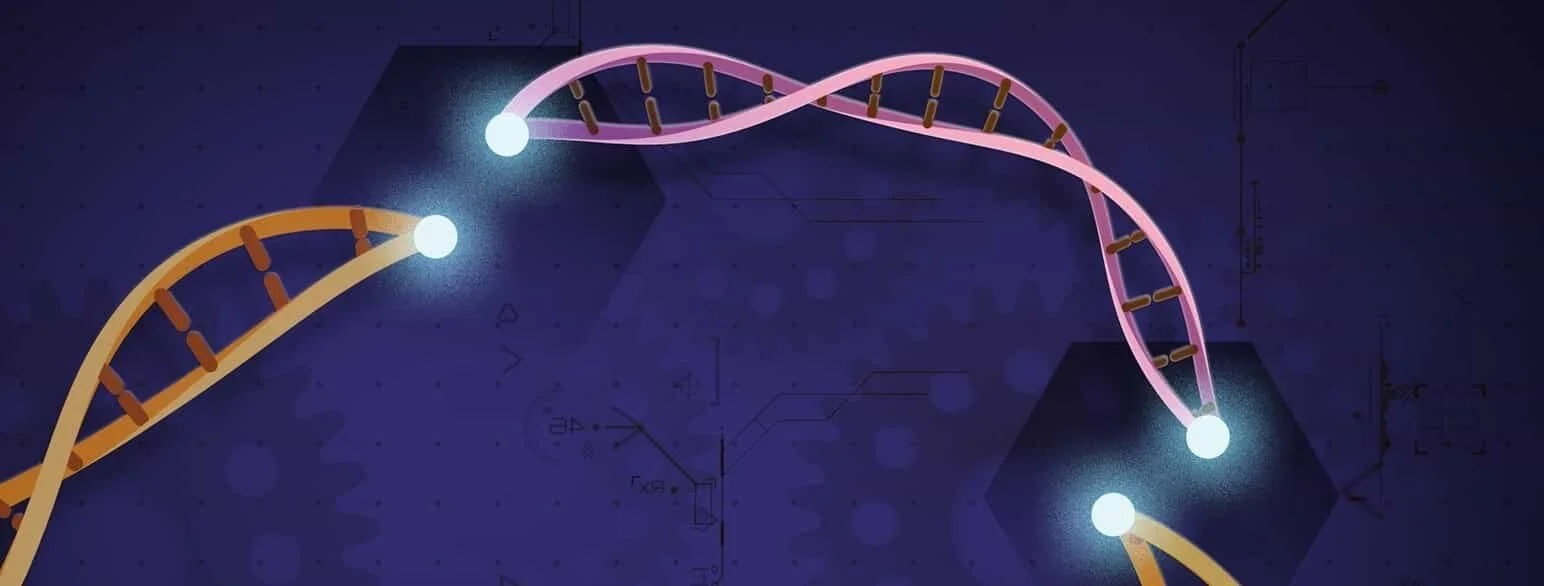Towards an equity-driven regulatory framework for germline editing: considerations for amending the Assisted Human Reproduction Act
Abstract: In light of recent developments in germline editing (namely, CRISPR/Cas9), this work explores how we might amend the Assisted Human Reproduction Act [AHRA] to balance the right to engage in scientific exploration and the need to protect the inviolability of human genetic material, particularly with respect to vulnerable persons.
Part 1 offers an overview of the possibilities of germline editing and the therapeutic applications of CRISPR/Cas9 around the world. Part 2 explores how criminal sanctions are an inappropriate way to limit scientific exploration. It suggests that a regulatory approach may better balance the right to engage in scientific inquiry, and the need to protect bodily autonomy and the sanctity of human genetic material. And Part 3 considers how to account for the experience of vulnerable people in the Canadian health care system when making amendments to the AHRA concerning germline editing.
This piece won the Canadian Bar Association essay prize for the Health Law section in 2021. [READ]
The Lost Generation: ADHD in women manifests differently, often later, and can be damn near imperceptible.
There’s a character named Penelope in Brothers Bloom that collects hobbies. “I see someone doing something I like, and I get books and learn how to do it,” Penelope boasts whimsically. My saintly parents entertained this quality in me for years, my young curious brain jumping from hobby to hobby, unable to commit — drum lessons, wood carving, poetry club, dance lessons, acting classes, photography, kayaking, science camp, sign language, illustration — they dutifully indulged my every whim until the next shiny thing caught my eye and I was off again.
In my late twenties, I came to understand that this is how my ADHD manifested; I was a passionate collector of ideas, disciplines, information, people, principles— without the skills or the strategies for organizing that energy in a useful way. I had a knack for getting sucked into a time vortex, chasing my latest muse into the abyss while my most urgent priorities glared at me in disdain. My attention was a finite resource, one that rarely lasted long enough to develop mastery over a musical instrument, memorize all the content for that test at school, or as I discovered around the time of my diagnosis, finish my wretched Master’s thesis. It was the product of an under-stimulated brain, one that is deprived of dopamine, serotonin, norepinephrine, and other neurotransmitters that the brain needs for the safe passage of a thought from one neuron to another.
Optimistically, this trait can be interpreted as curiosity, which incidentally, is something I quite like about myself. That curiosity is what makes me, me. It’s what made me love learning, drove me to understand people, read everything I could get my hands on, and collect hobbies. It has made me an interdisciplinary thinker, someone who can see the forest for the trees. It made me more compassionate and empathetic. It has made me a better friend, partner, sister, daughter, and colleague. partner. drives my desire to really understand people, has helped me to become more empathetic. It has taken me down lots of interesting paths that I wouldn’t otherwise have travelled. [READ]
Only Human: Towards a neuroscience-based understanding of future-facing organizational culture
Providing its goal is continued existence, every organization has a stake in the future. The very notion of sustainability is rooted in the desire to exist in the future, to endure shifts in values, behaviours, and needs of our society. The human brain is inherently predictive, but there are several human factors that prevent us from considering the future.
Strategic foresight is an organization’s realization of their preferred future, and their capacity to imagine, invent, and align their business goals with this vision. But for many, institutional dynamics stimulate a myopia that makes imaging and realizing a preferred vision of the future a near impossible task. This work argues that the brain’s temporal wayfinding networks play a significant role in strategic myopia, and that there are several neurological interventions that organizations need to consider to nurture future-facing culture. It explores the relationship between strategic foresight and organizational culture and uses neuroscience to better understand the human factors of futuring. And using foresight maturity principles developed by Terry Grim and René Rohrbeck, it will outline key areas from which organizations can learn to build culture that gazes into the future. [READ]





